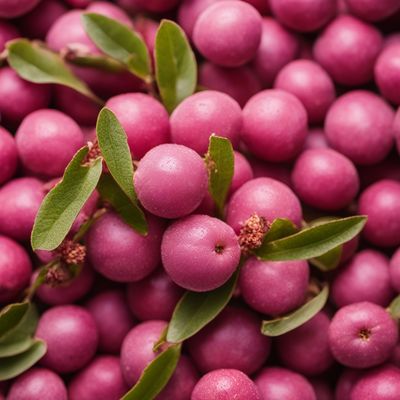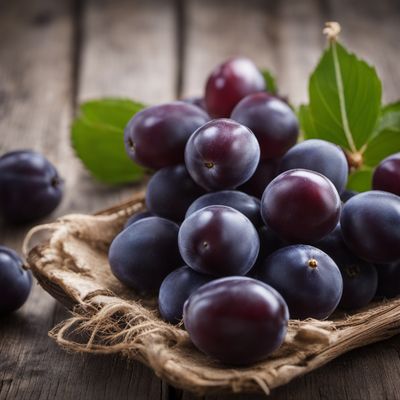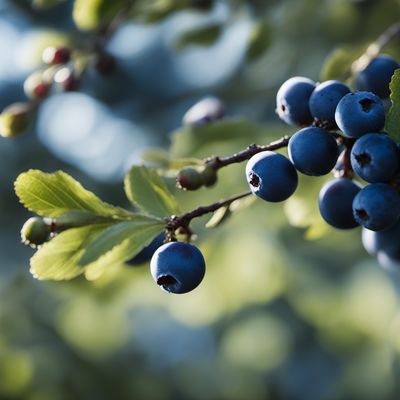
Ingredient
Gages
The Sweet and Succulent Delight: Exploring the World of Gages
Gages are small, round fruits with a smooth skin that ranges in color from green to yellow. They have a juicy flesh that is firm yet tender, and their flavor is a delightful blend of sweetness and tanginess. The texture of gages is smooth and velvety, making them a pleasure to eat. These fruits are often compared to plums, but they have a distinct taste and texture that sets them apart.
Origins and history
Gages have a fascinating history that dates back to ancient times. They are believed to have originated in the Middle East and were introduced to Europe by the Crusaders. Gages gained popularity in France during the reign of Queen Claude, who was known for her love of these fruits. Since then, they have become a cherished ingredient in French cuisine and have spread to other parts of the world.
Nutritional information
Gages are a nutritious fruit, rich in vitamins A and C, as well as dietary fiber. They are also low in calories, making them a healthy choice for those watching their weight.
Allergens
Gages are not commonly associated with allergies, but individuals with sensitivities to stone fruits should exercise caution.
How to select
When selecting gages, look for fruits that are plump, with a vibrant color and a slight give when gently pressed. Avoid fruits that are overly soft or have blemishes or bruises.
Storage recommendations
To maintain the freshness and quality of gages, store them in the refrigerator in a perforated bag or container. They can be kept for up to a week, but it is best to consume them as soon as possible for optimal flavor.
How to produce
Gages can be grown by amateur gardeners in temperate climates. They require well-drained soil and full sun exposure. Planting gage trees in early spring and providing regular watering and pruning will help ensure a healthy harvest.
Preparation tips
Gages can be enjoyed fresh, simply by washing them and biting into their juicy flesh. They can also be used in a variety of culinary preparations, such as jams, pies, tarts, and compotes. To enhance their flavor, try poaching gages in a syrup infused with spices like cinnamon and star anise. Additionally, gages can be grilled or roasted to bring out their natural sweetness.
Substitutions
If gages are not available, plums can be used as a suitable substitute due to their similar taste and texture.
Culinary uses
Gages are commonly used in desserts, such as gage tarts, clafoutis, and fruit salads. They can also be incorporated into savory dishes, such as roasted meats or poultry. Additionally, gages make a delicious addition to cocktails and fruit-infused beverages.
Availability
Gages are commonly cultivated in France, England, and other European countries. They can also be found in some parts of North America and Asia.
More ingredients from this category » Browse all

Chickasaw plums
The Sweet Gems of the South

Plums
The Juicy Gems

Prunus Nadia®
The Exquisite Fusion of Sweetness and Tartness: Prunus Nadia®

Plumcots
The Perfect Blend: Exploring the Unique Delights of Plumcots

American plums
The Sweet and Tart Delight: Exploring the World of American Plums

Beach plums
The Hidden Gems of the Shoreline: Exploring the Delights of Beach Plums

Chinese jujubes
The Ancient Fruit: Chinese Jujubes

Damsons
The Prized Gems of the Plum Family

Mirabelles
The Golden Gems of Summer

Japanese plums
The Delicate Delights of Ume: Unveiling the World of Japanese Plums

Cherry plums
The Sweet and Tangy Delight: Exploring the World of Cherry Plums

Sloes
The Bitter-Sweet Berry